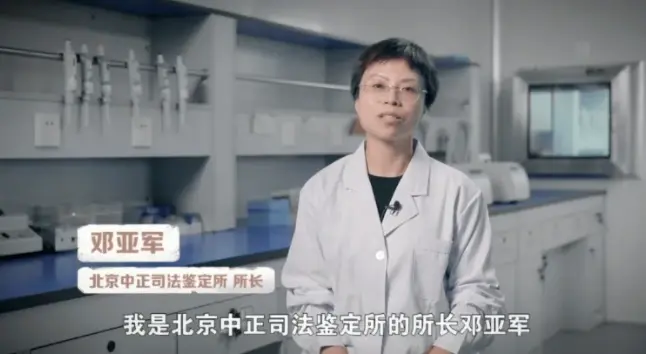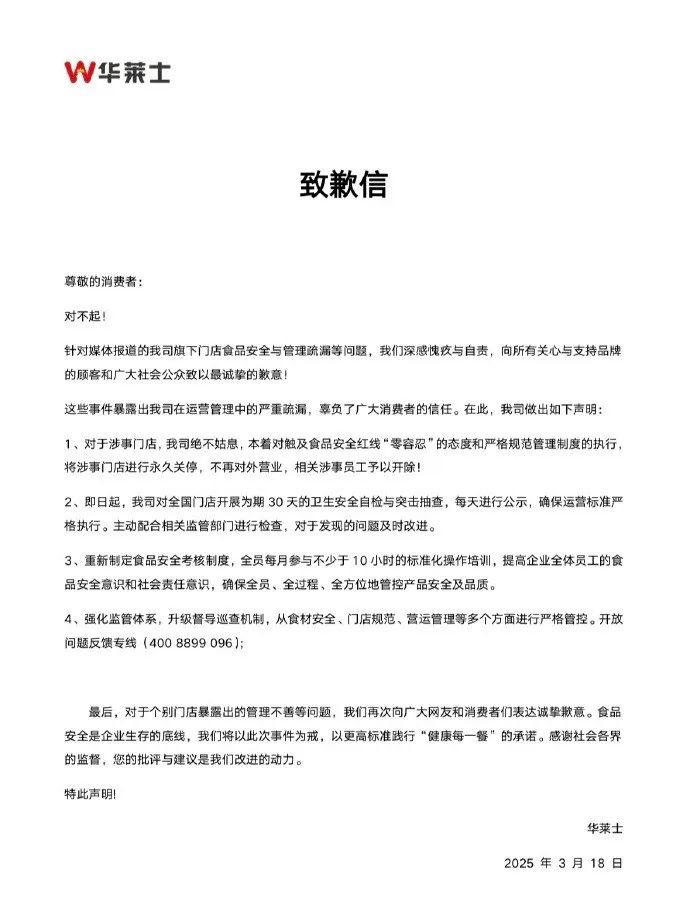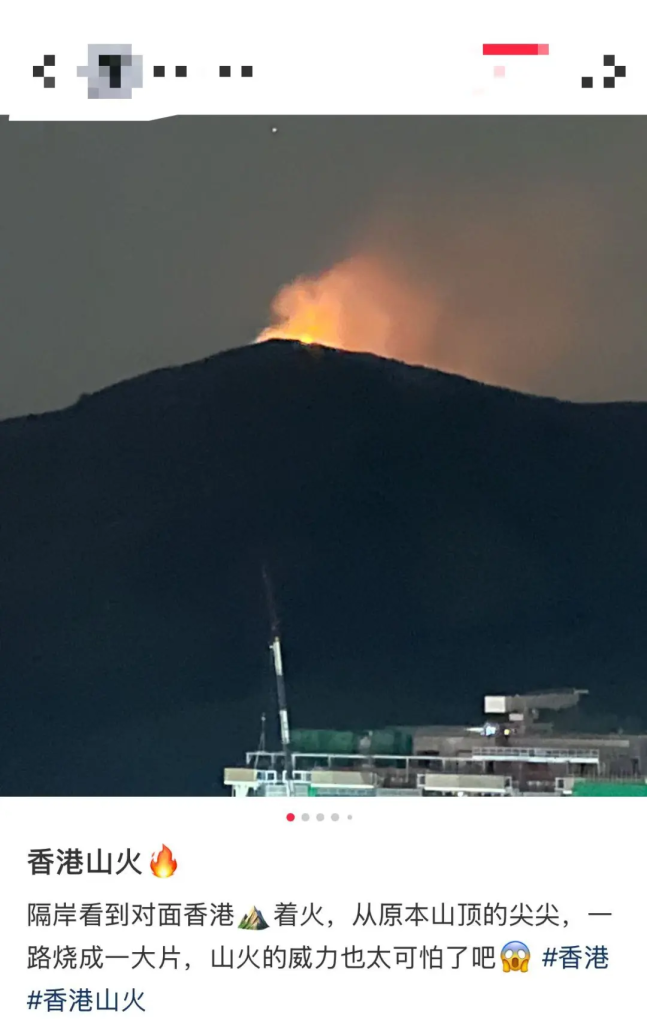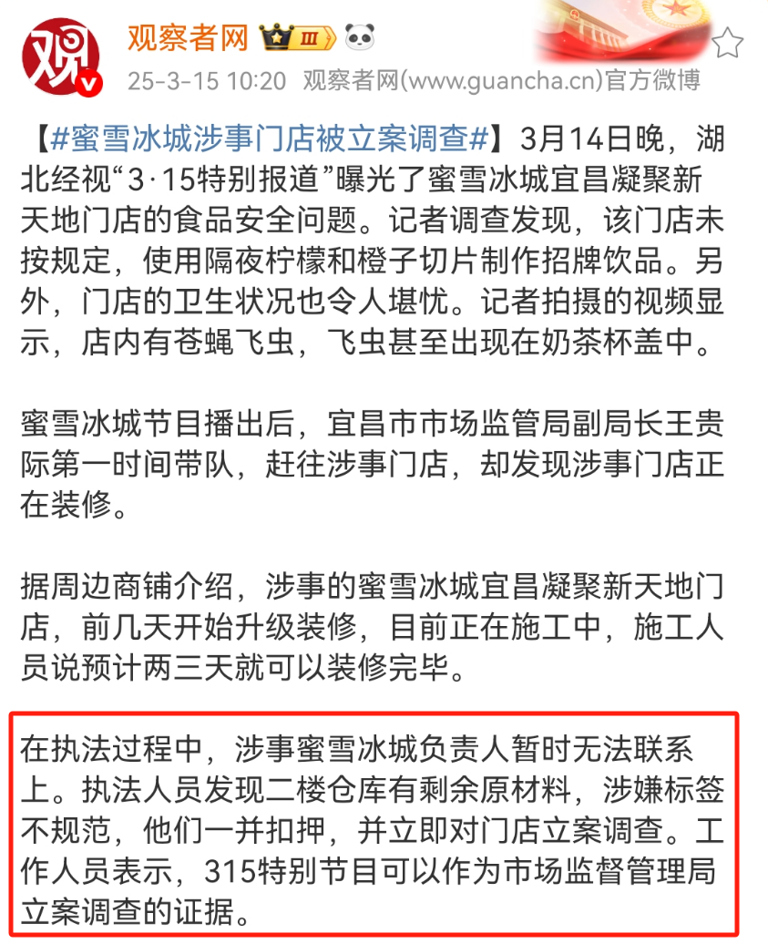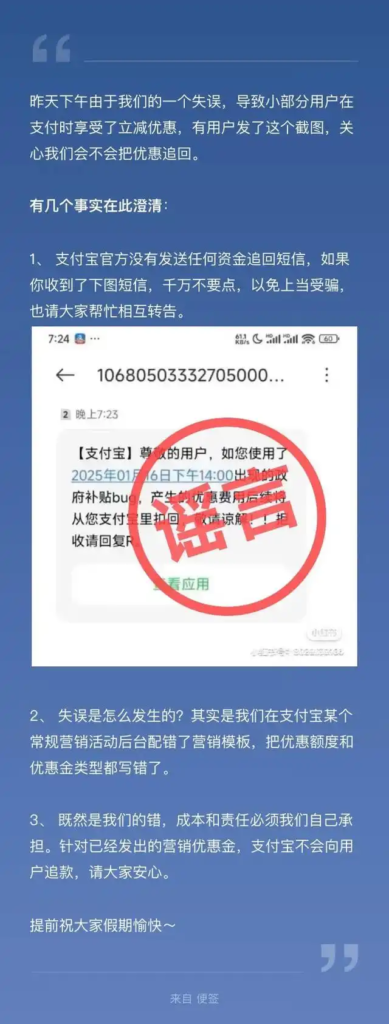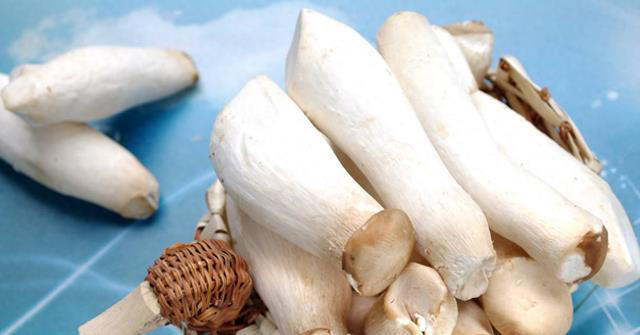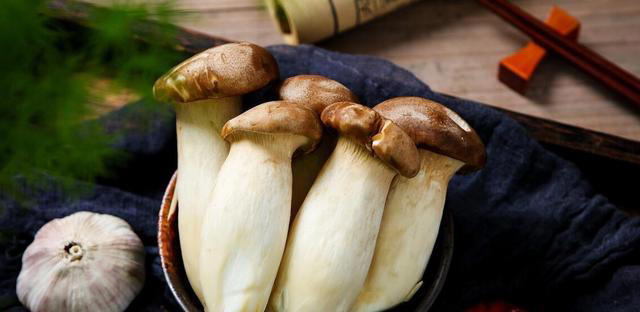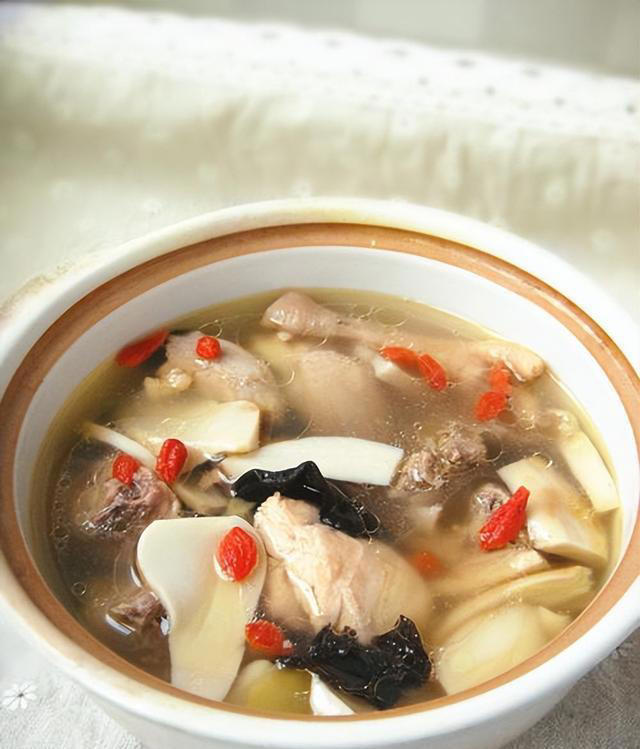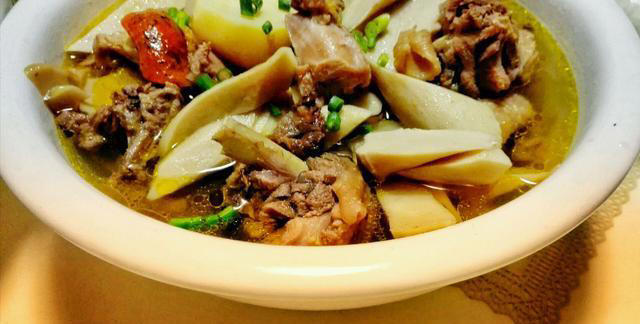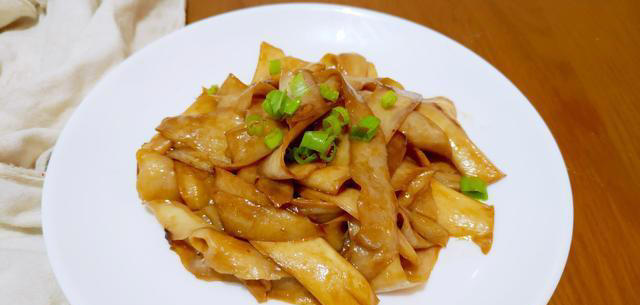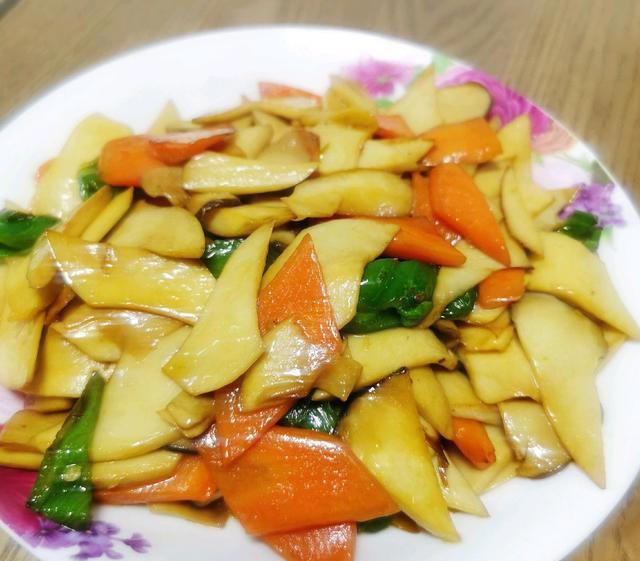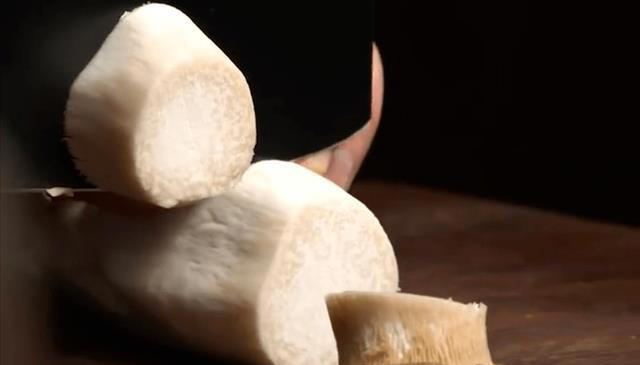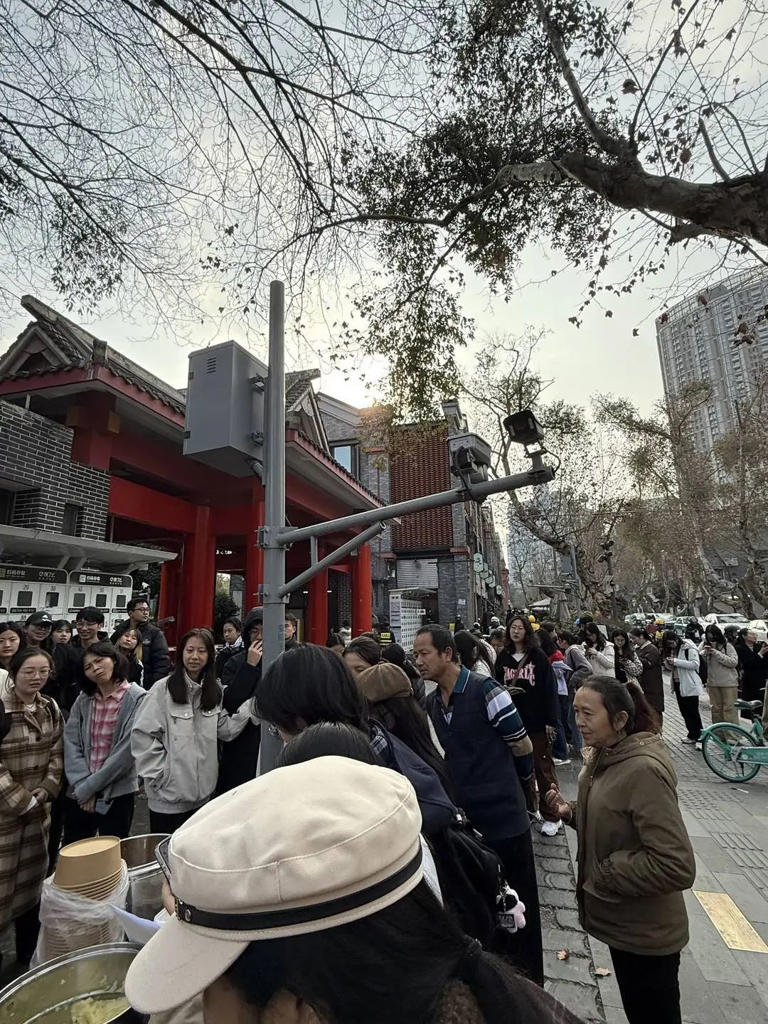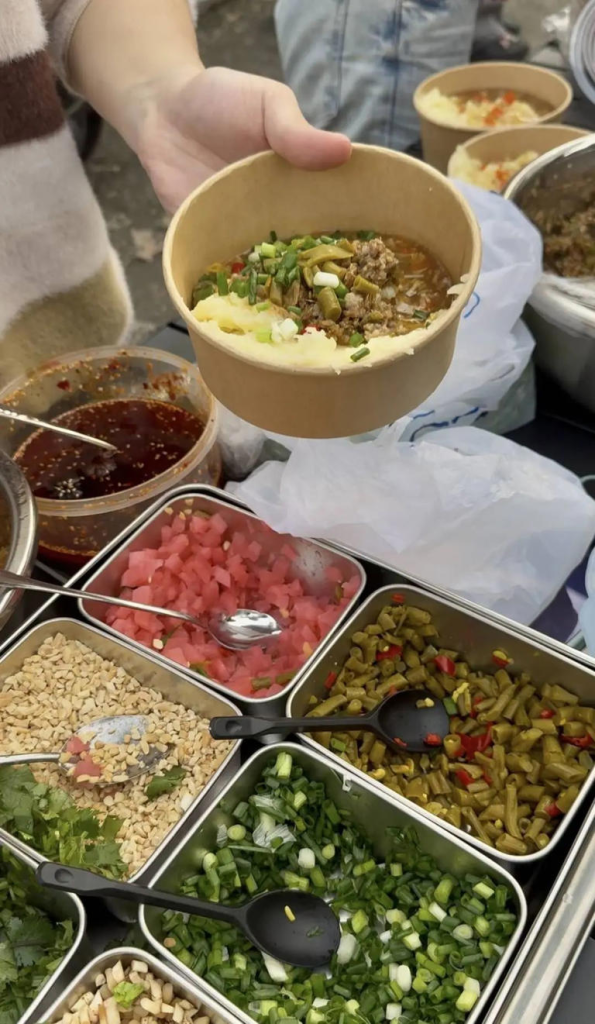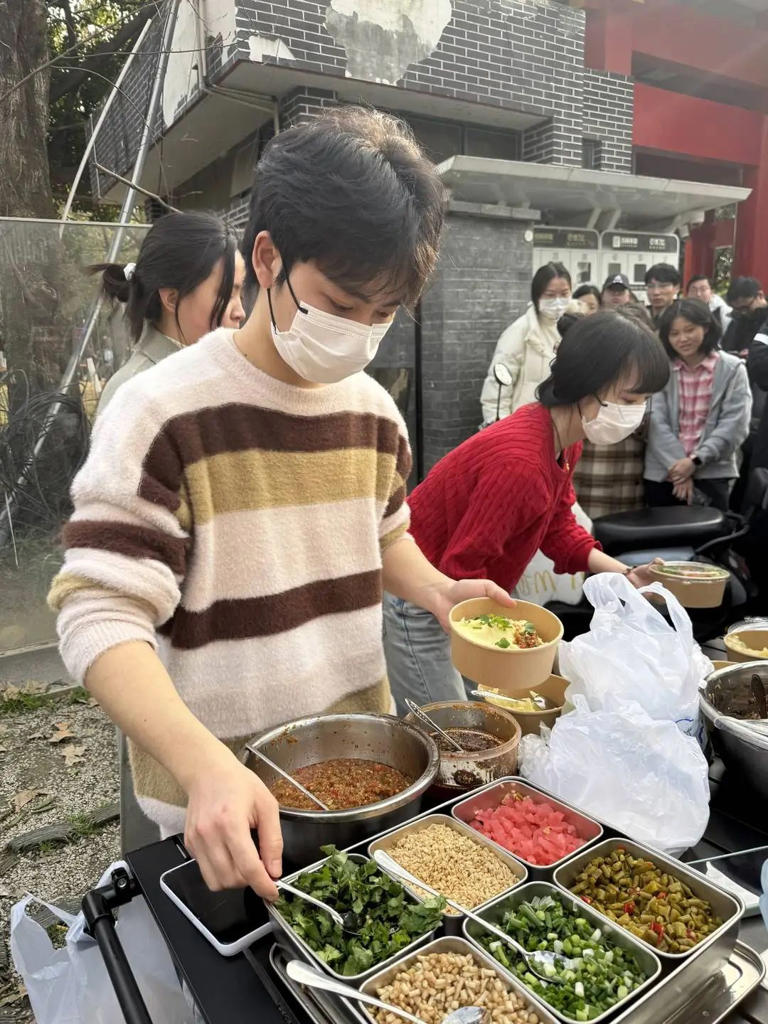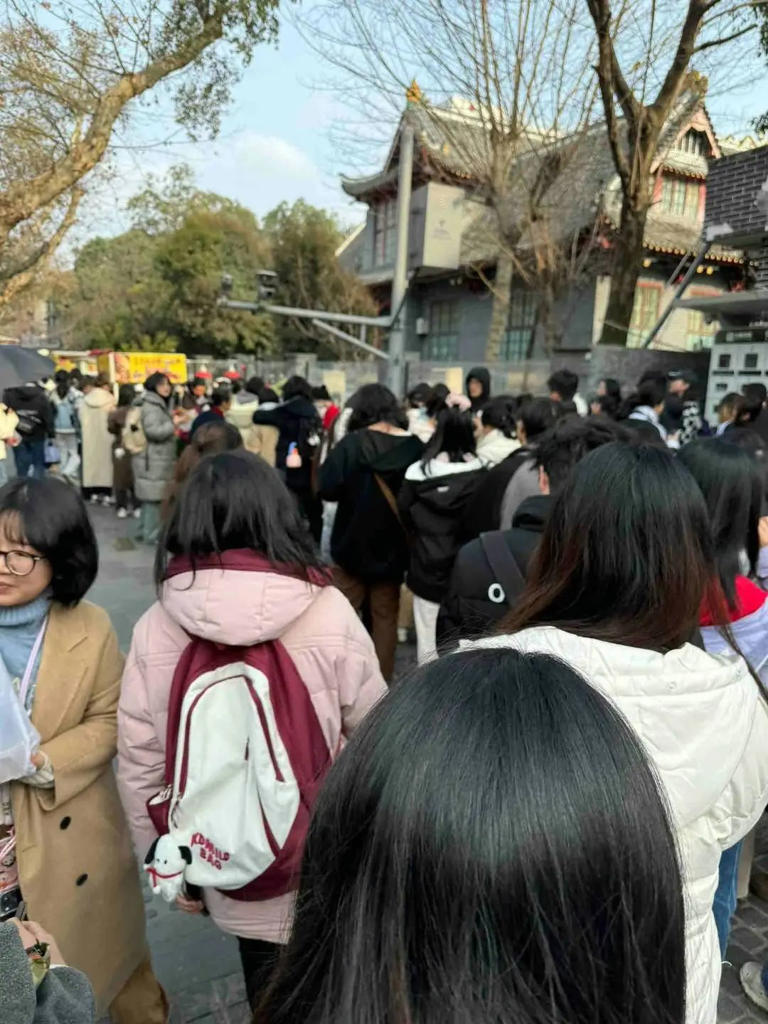How much do you give a red envelope for the Chinese New Year? The answer of the Cantonese is: 5 pieces and 10 pieces!
In Guangdong, Chinese New Year red envelopes are also known as “Li Shi”, which means that everything will go smoothly and good things will happen in the new year, and they are intended to express blessings and pray for peace. The amount of Guangdong Li is often small, generally 5 yuan and 10 yuan, which makes netizens across the country call it the “clear stream” of the red envelope industry.
“Guangdong Li is ‘talking about the heart rather than gold’, the most important thing is to pay attention to the intention, mainly to pass on the blessings of the New Year, and spread the good wishes of the New Year more to the outside world.” Ms. Luo, a citizen of Guangzhou, said.
Although electronic red envelopes have become a trend, in Guangdong, the ritual sense of this traditional custom of cashing new banknotes is still maintained.
“For Cantonese people, the New Year is a new atmosphere, and the New Year’s benefit is, and the seal must be a new banknote. Therefore, it is a necessary process to exchange new banknotes before the Chinese New Year, and we will prepare sufficient new banknotes and increase the exchange window to ensure that everyone is ‘profitable’ in the New Year. Lin Chunying, the counter manager in charge of the business department of the Guangzhou branch of China Everbright Bank, said that as of Chinese New Year’s Eve, the exchange volume of 5 yuan and 10 yuan banknotes accounted for more than 80% of the total exchange volume.

The laisee in Guangdong is generally distributed to the unmarried by the elders and married people. Although the amount is not large, the number of red envelopes received by Cantonese people ranks among the top in the country.
Mr. Wang, who is not yet married, looks forward to going to “amuse” his colleagues on the first day of work every year. “Married colleagues have a big bag of red envelopes at their workstations, waiting for us who are not married to go to ‘tease the profits’, although the amount in each red envelope is not very large, but everyone says to each other ‘good fortune’ and ‘Wishing you prosperity’, and then all kinds of red envelopes are grabbed in their hands, feeling that the year will be auspicious and prosperous.” Mr. Wang said.
Cantonese New Year’s Pali is to “cast a wide net to send blessings”, so whether it is a family, neighbors, colleagues or property security guards, they will take the initiative to Palai see when they see acquaintances, and even the New Year’s flowers and festive decorations placed at the door of the house and on the street are also hung with Laisee, which is the human touch of Guangdong.
“The store is also open during the Chinese New Year this year, so I have received a lot of laisee from customers.” Ms. Hua, the owner of a Qing bar in Guangzhou, said, “Some regular customers in the neighborhood will bring their families to Pali to send blessings, which is quite happy.” ”
Profit is not heavy profit, blessing is stress-free. “In Guangdong, 5 yuan and 10 yuan of Li is not worried about the burden of red envelopes, everyone is comfortable and Pali is to send blessings, how much to give depends on the heart, and will not calculate how much can be recovered.” Ms. Wang, a native of Hubei Province who has lived in Guangdong for nearly five years, said.
Qiu Jianqiu, a folk customs expert in Zhongshan, Guangdong, introduced that the meaning of Laisee itself is a blessing, not a comparison, so even in today’s better economic development, the denomination of Laisee has not changed much, “We should maintain the true meaning of ‘Laisee’.” ”

 Entering China
Entering China

